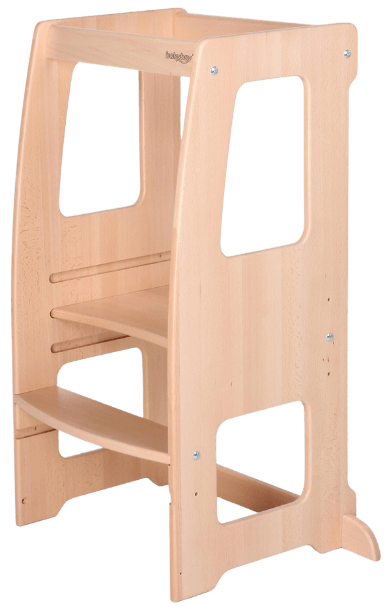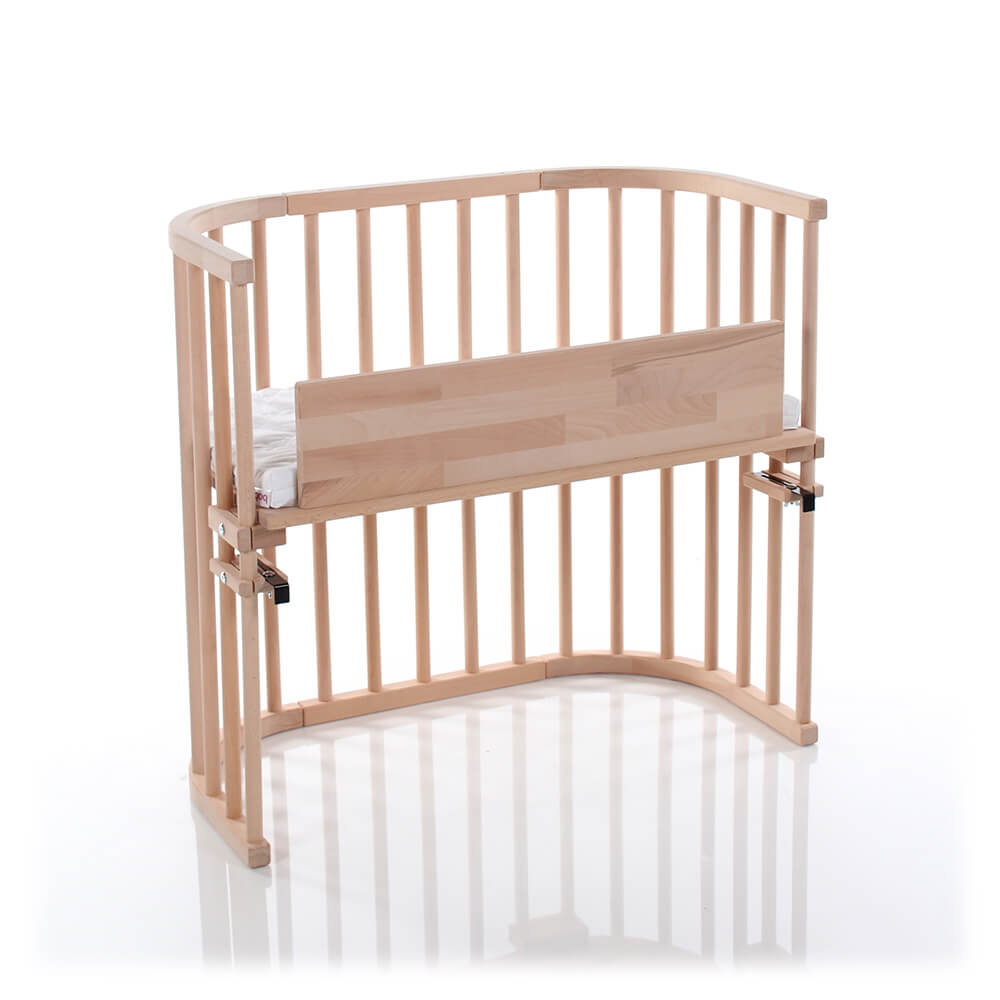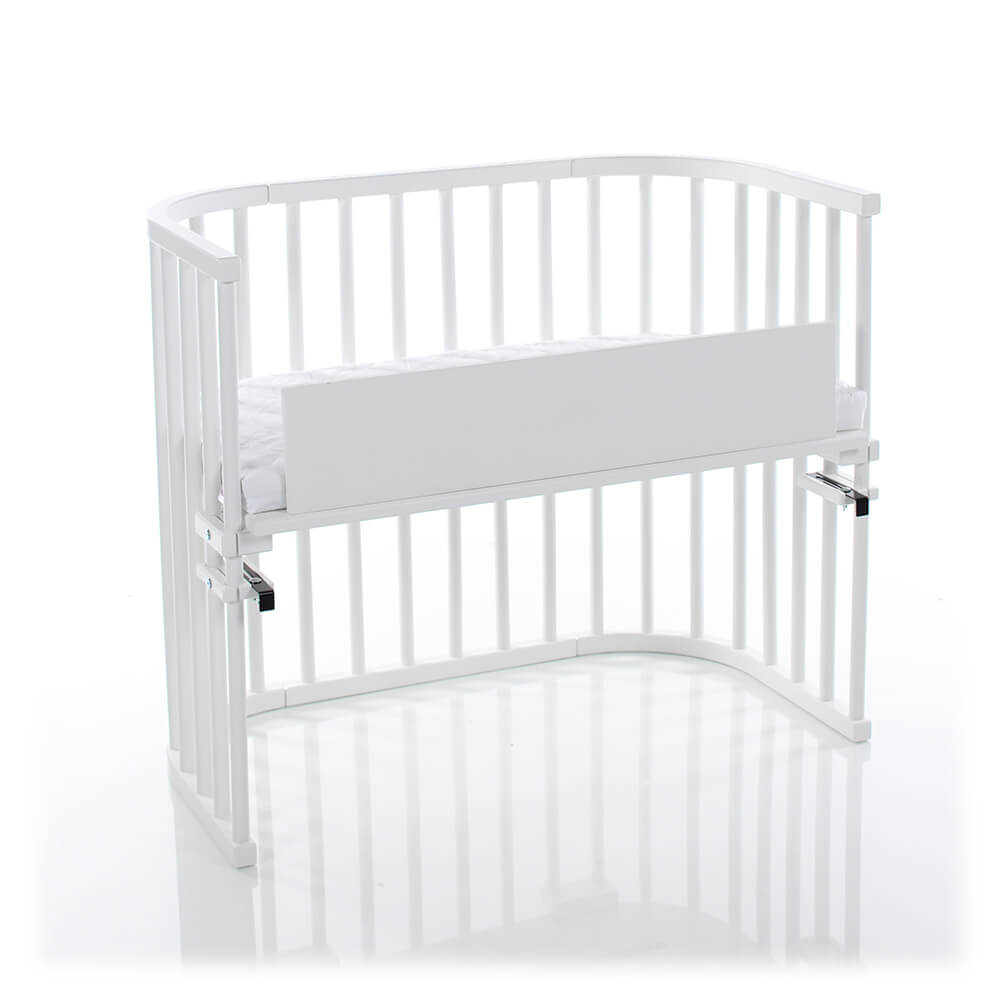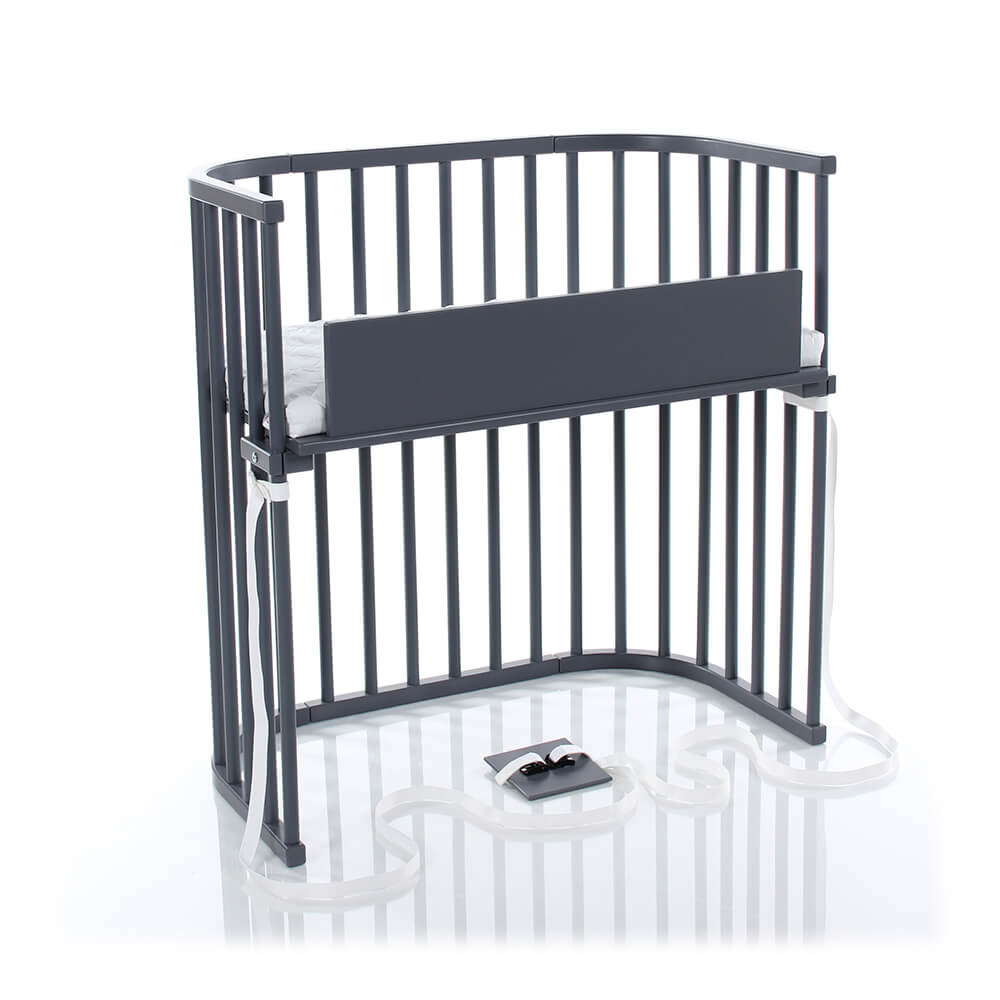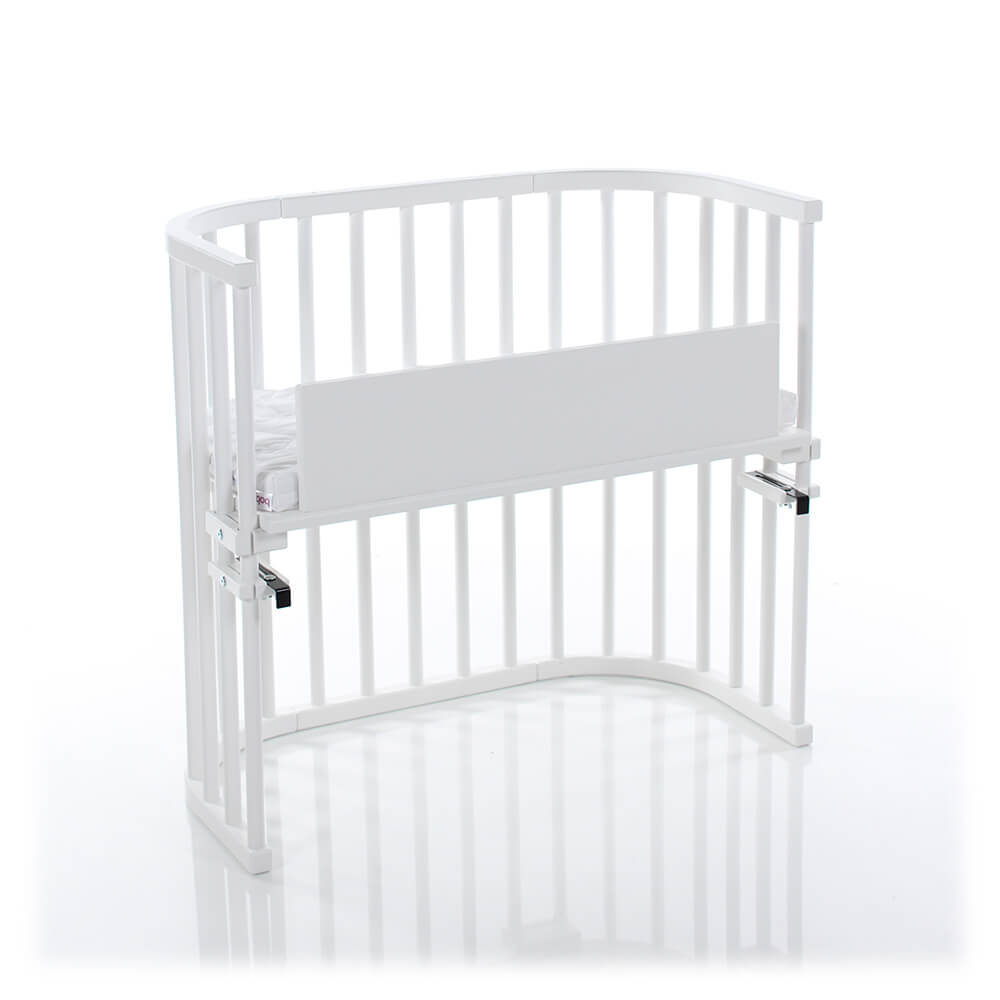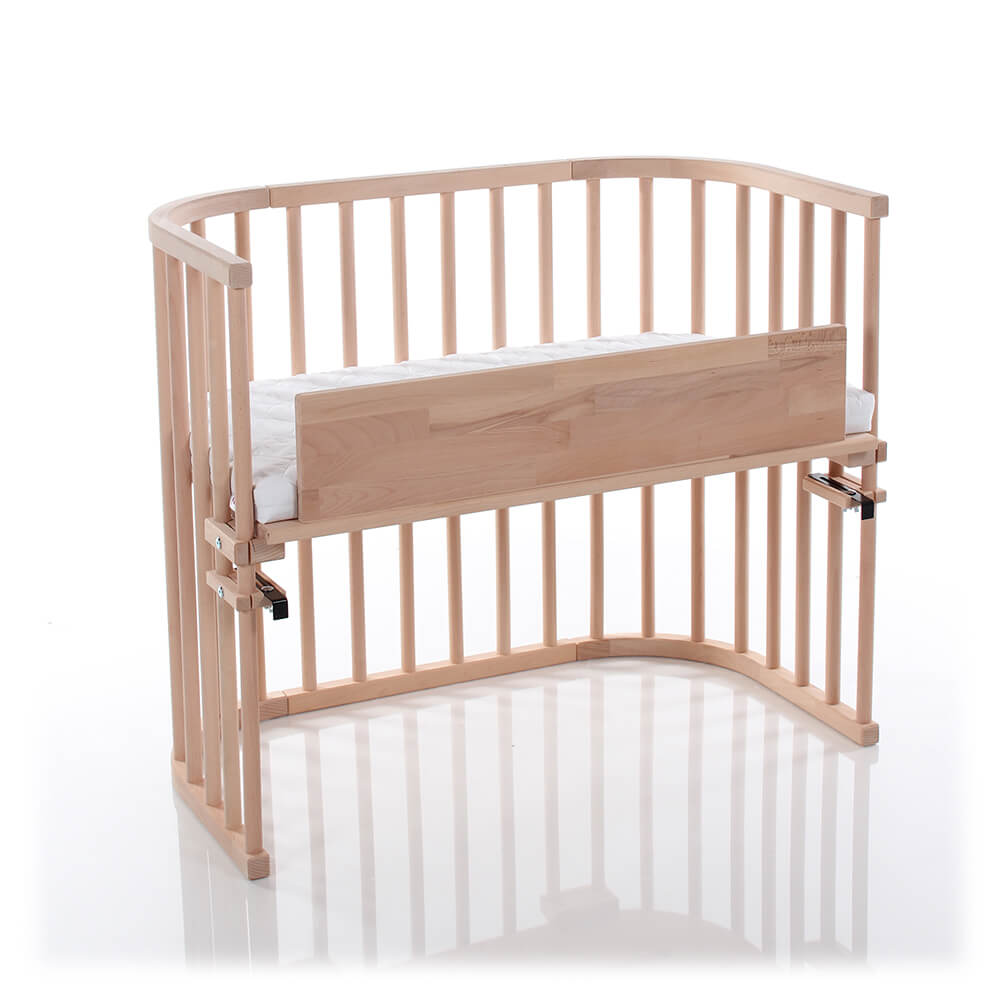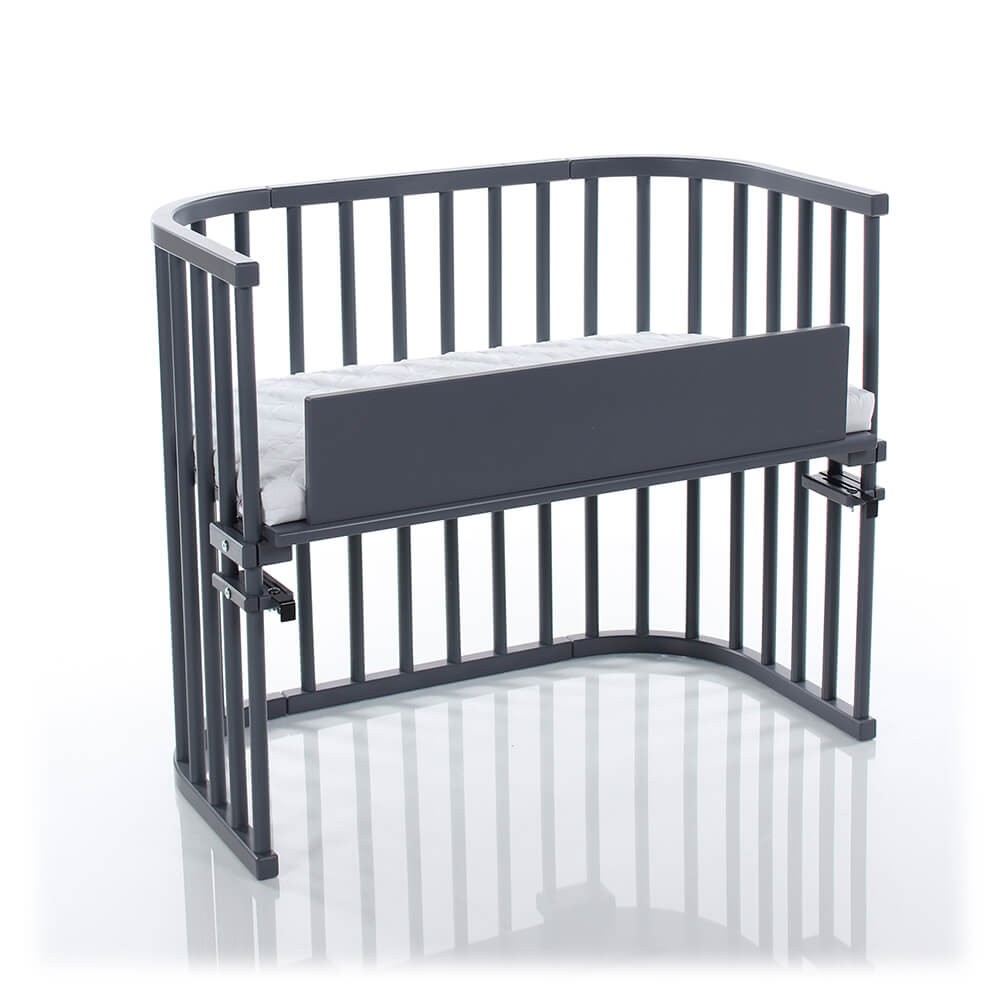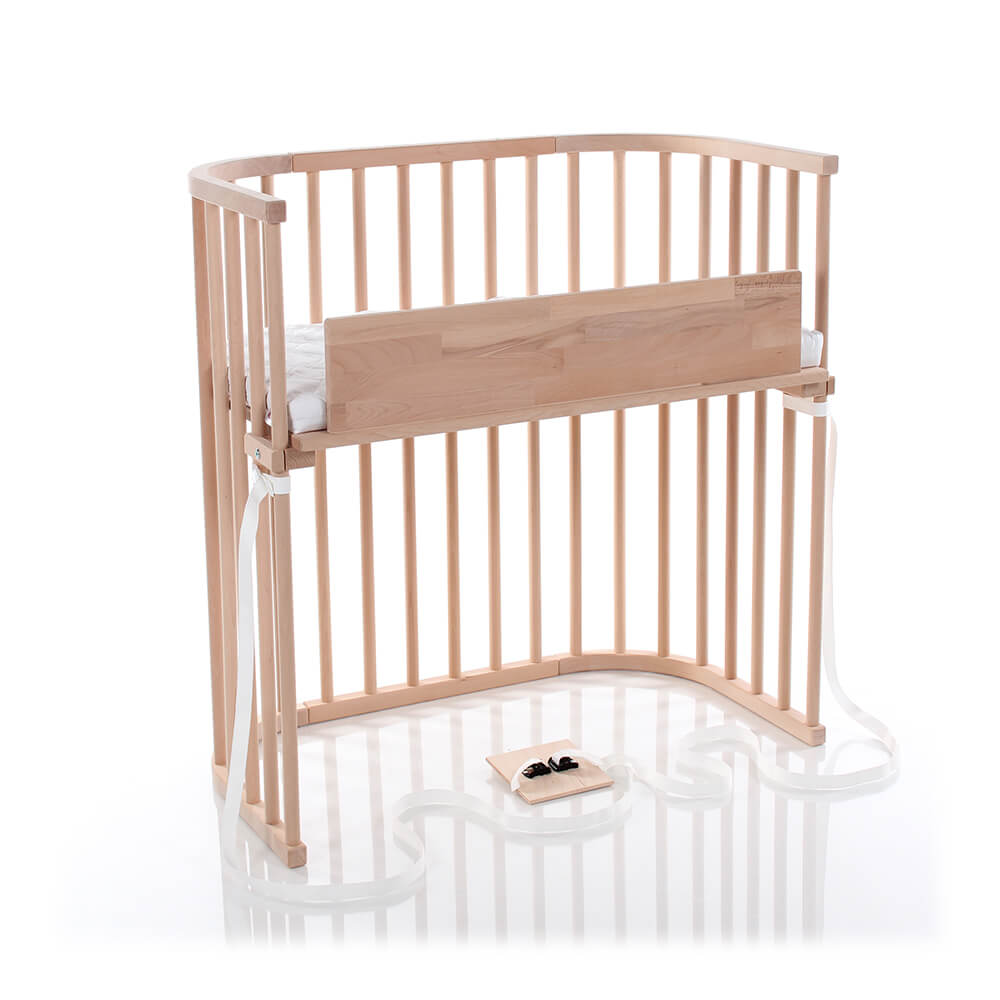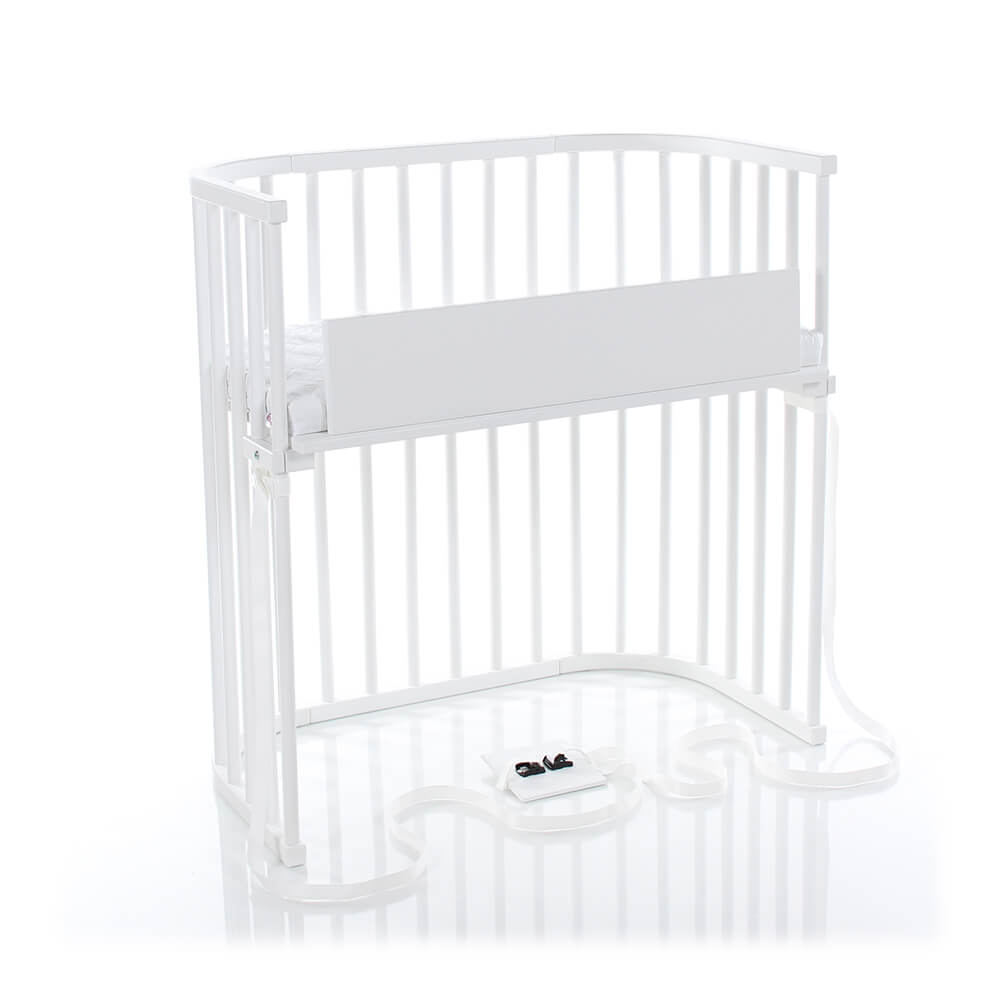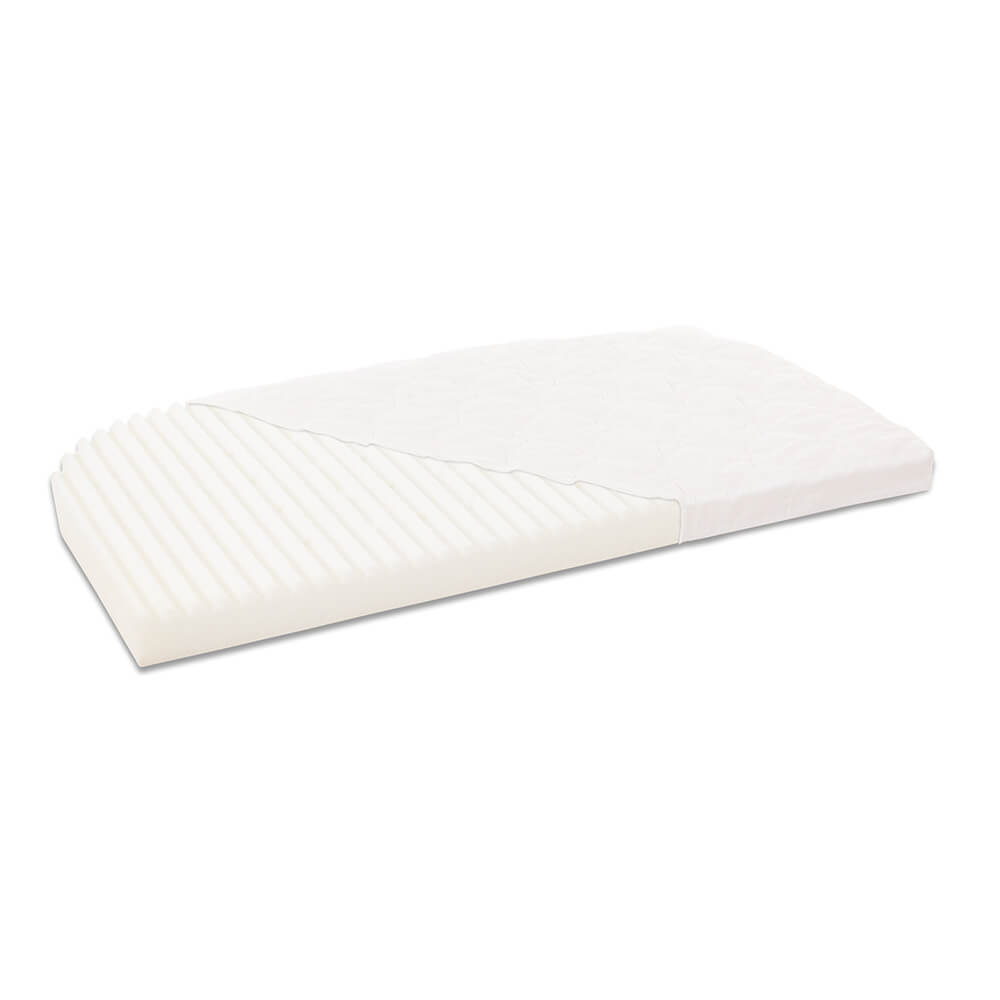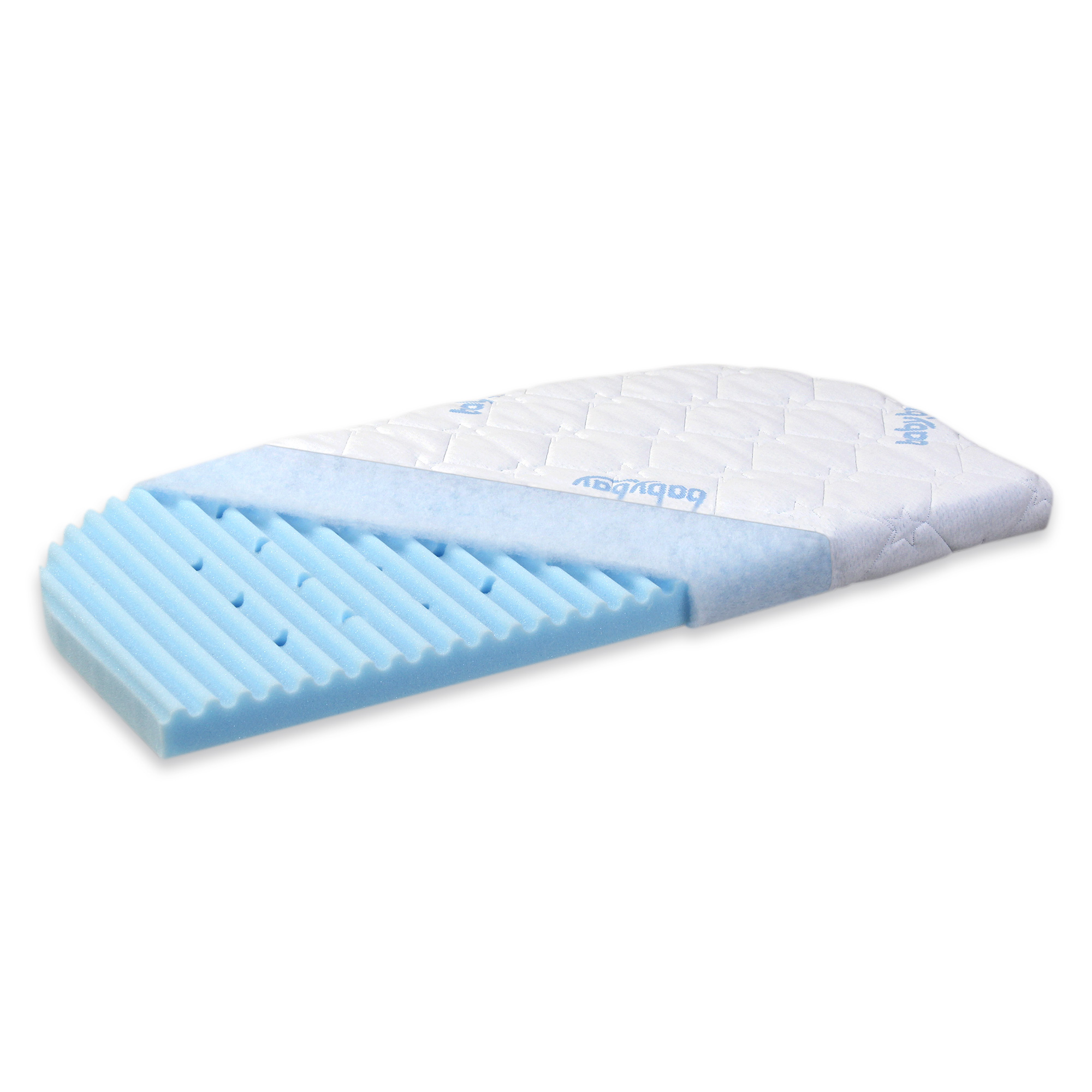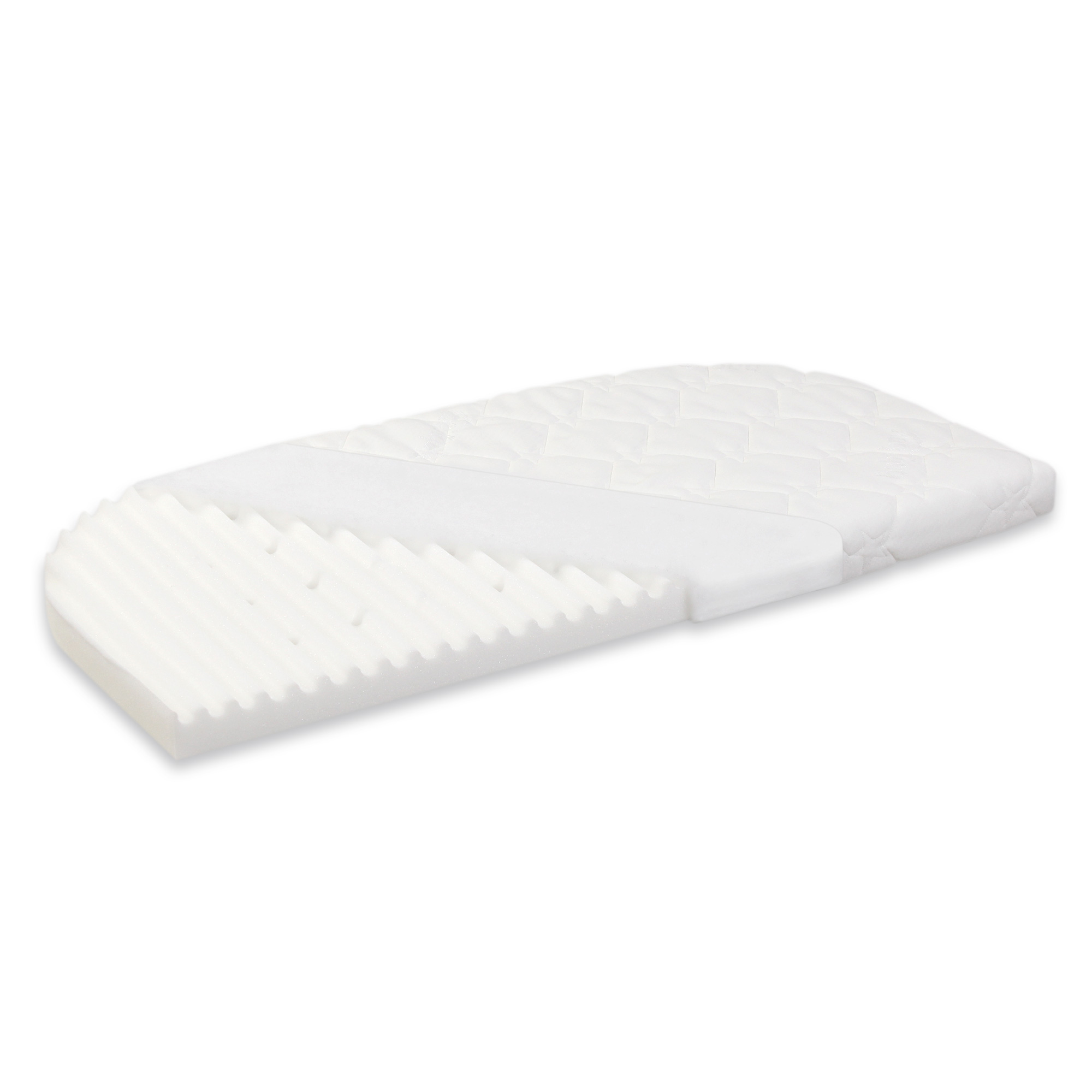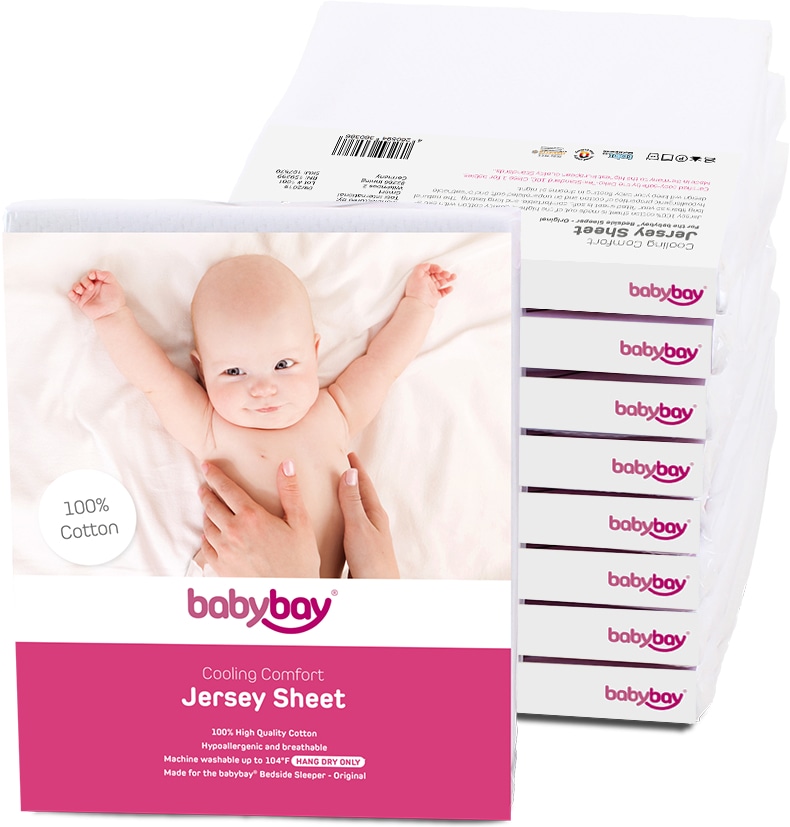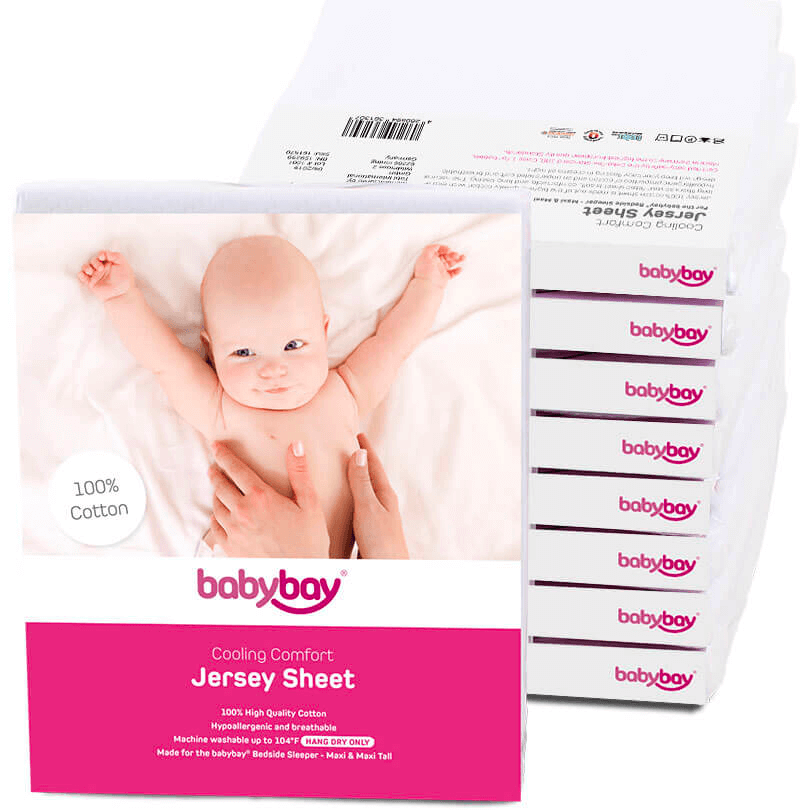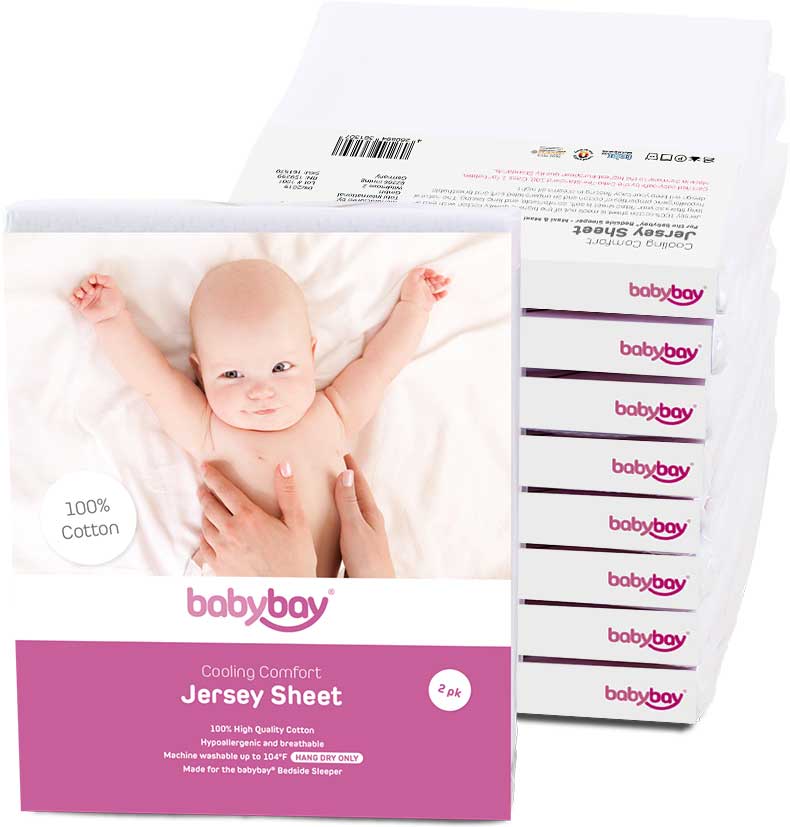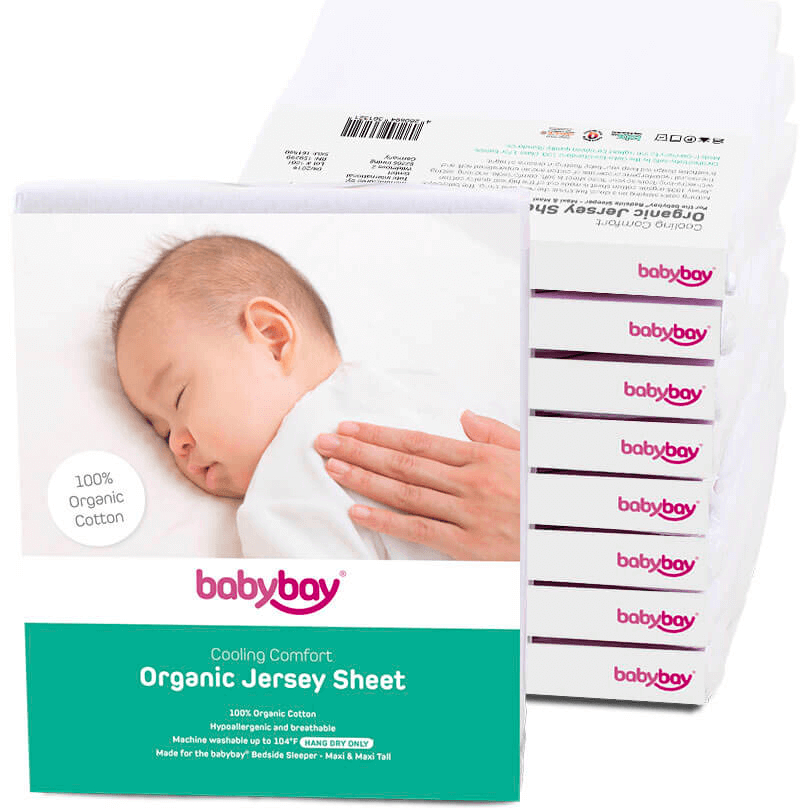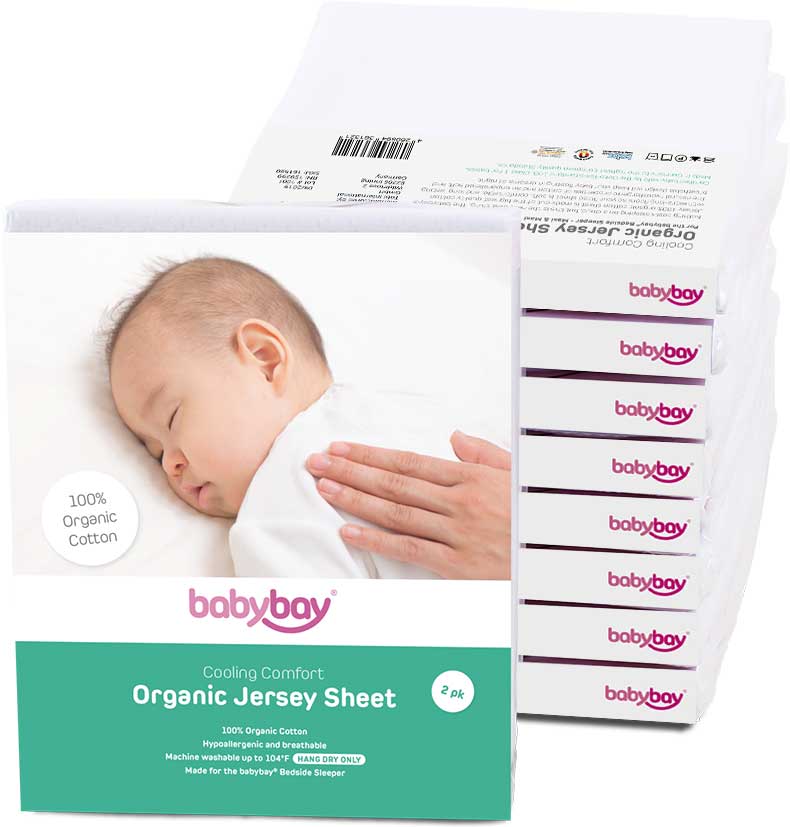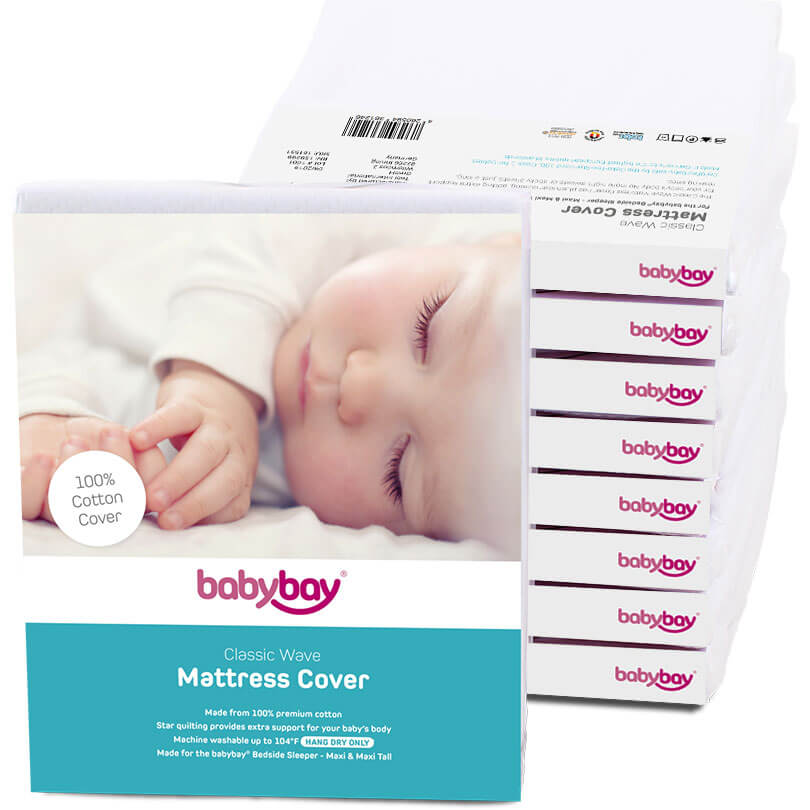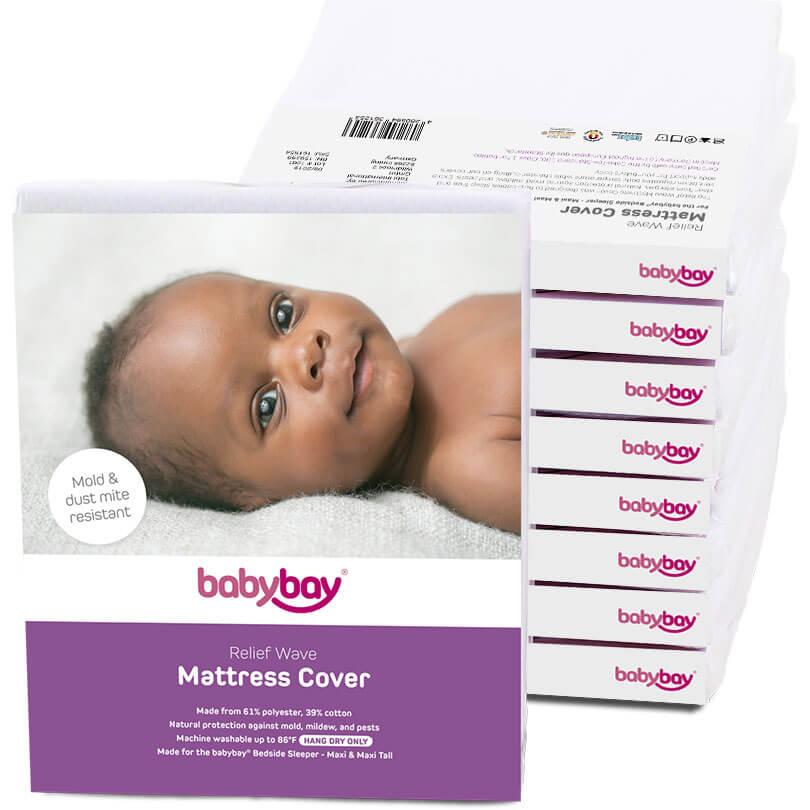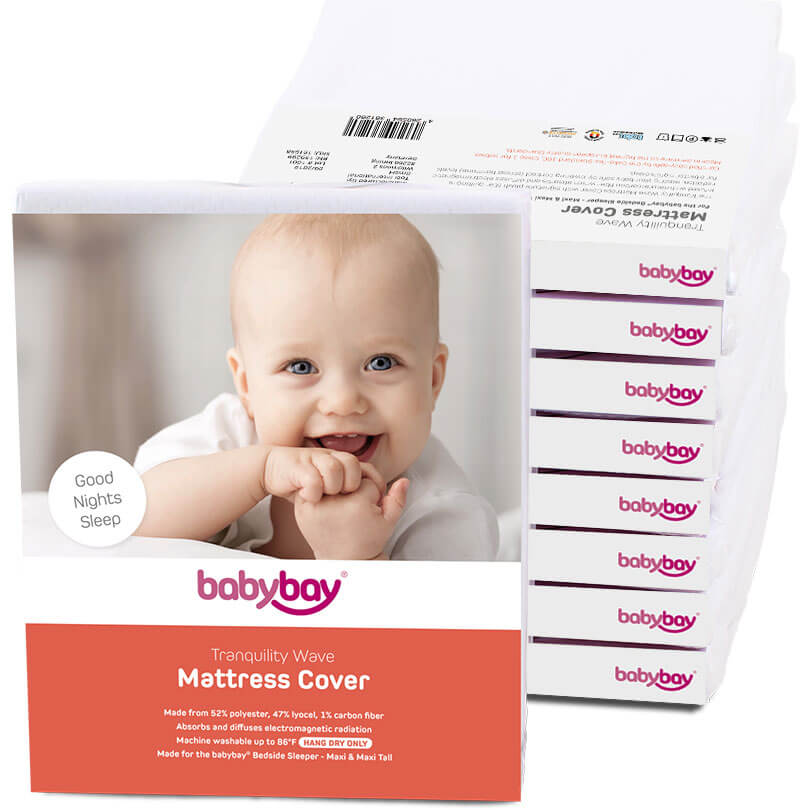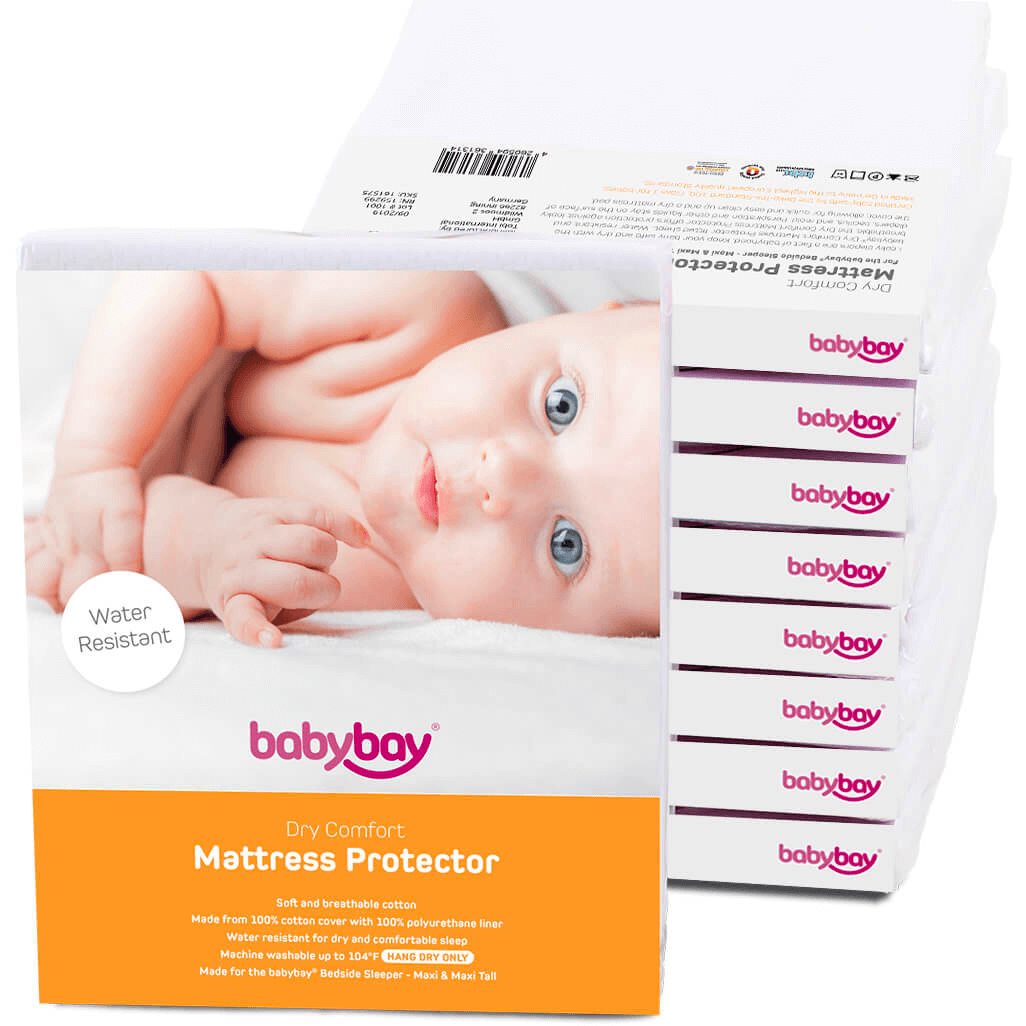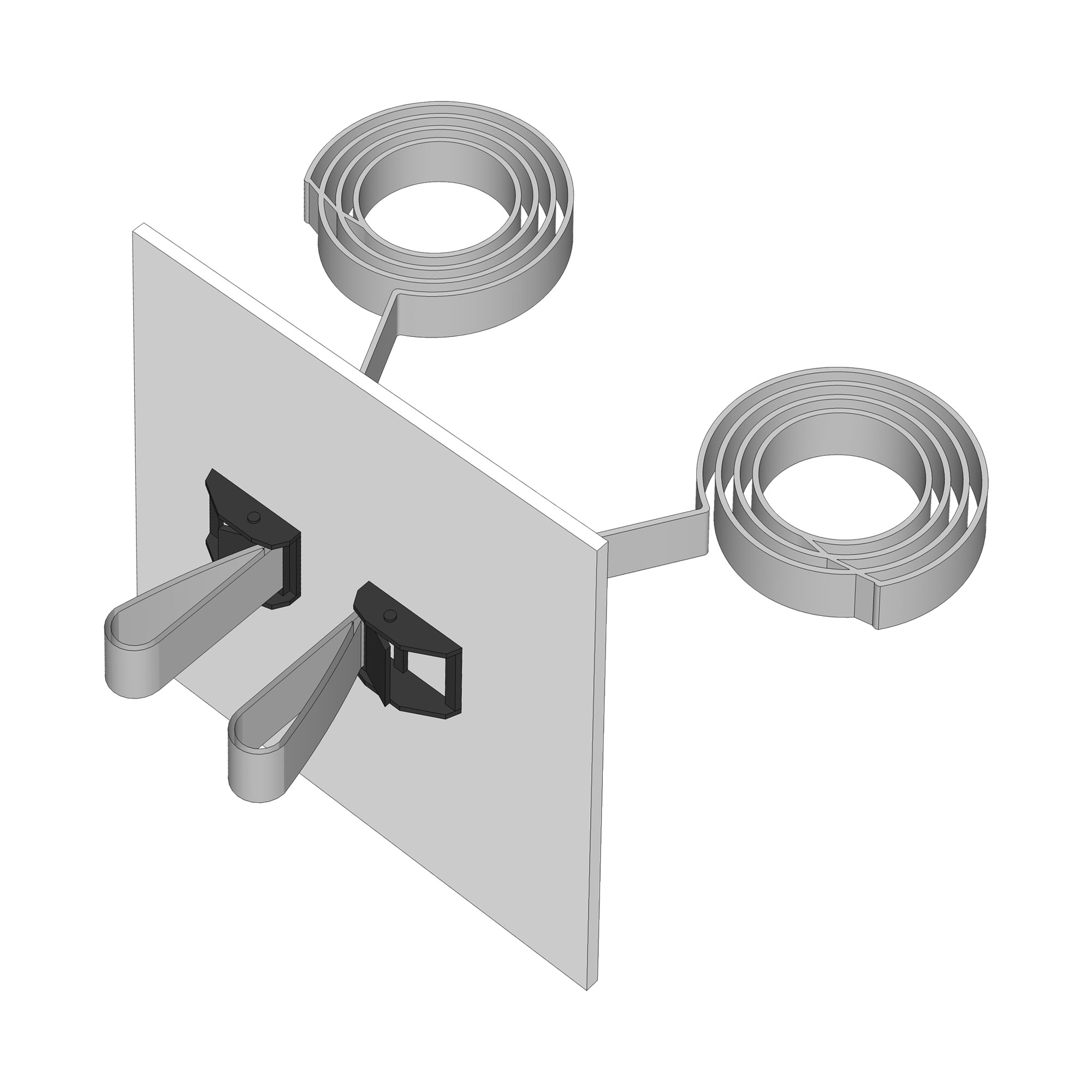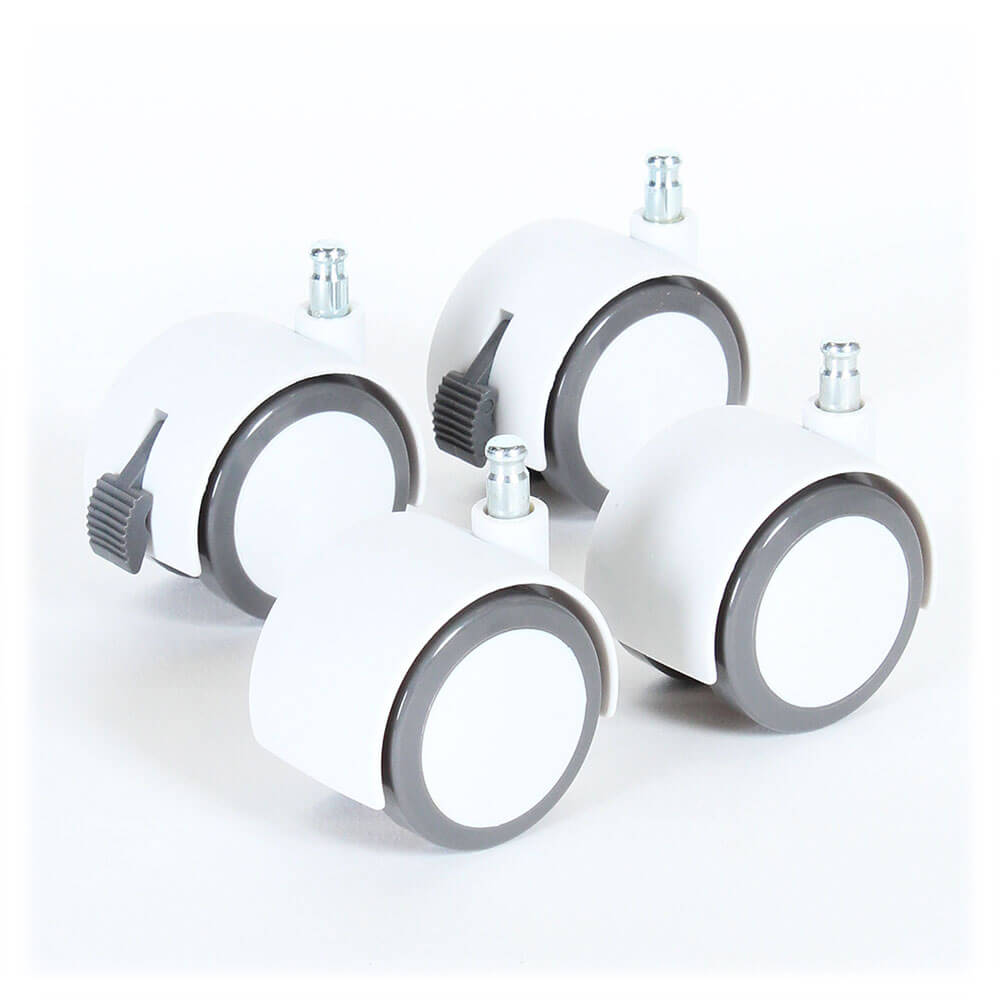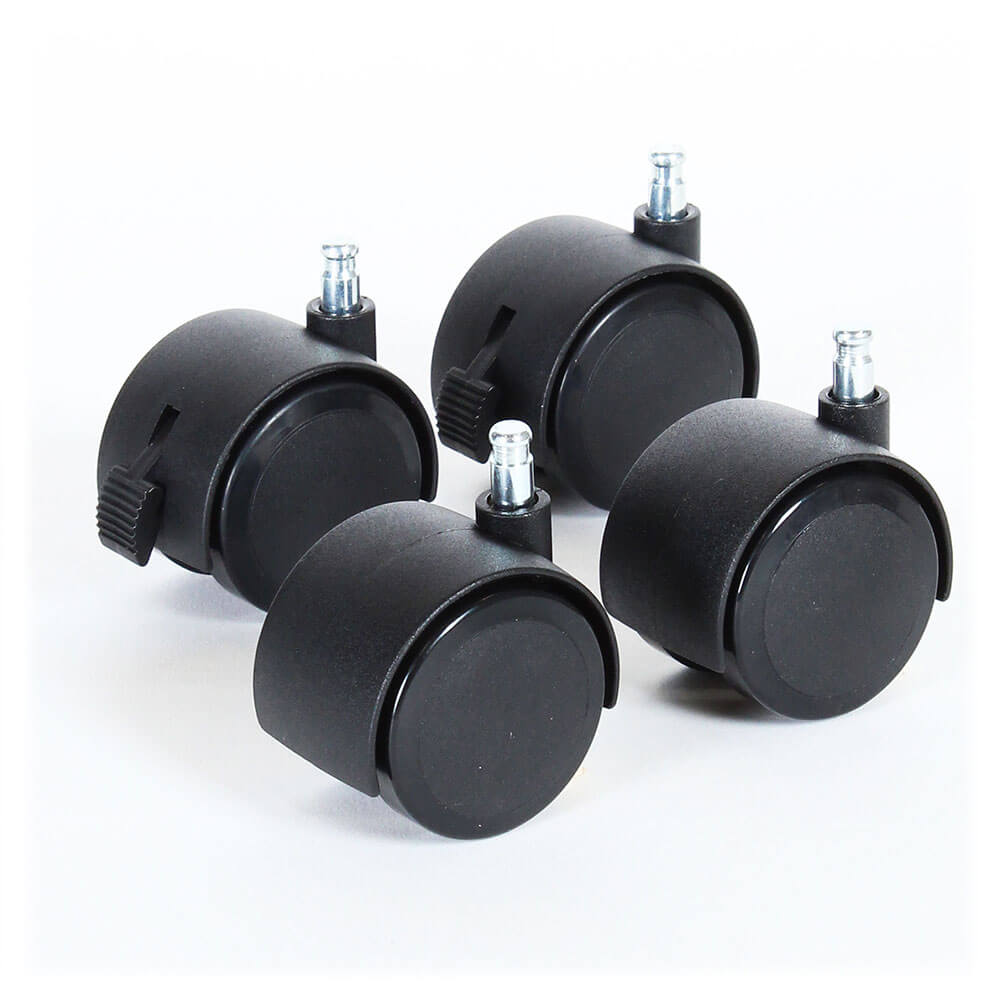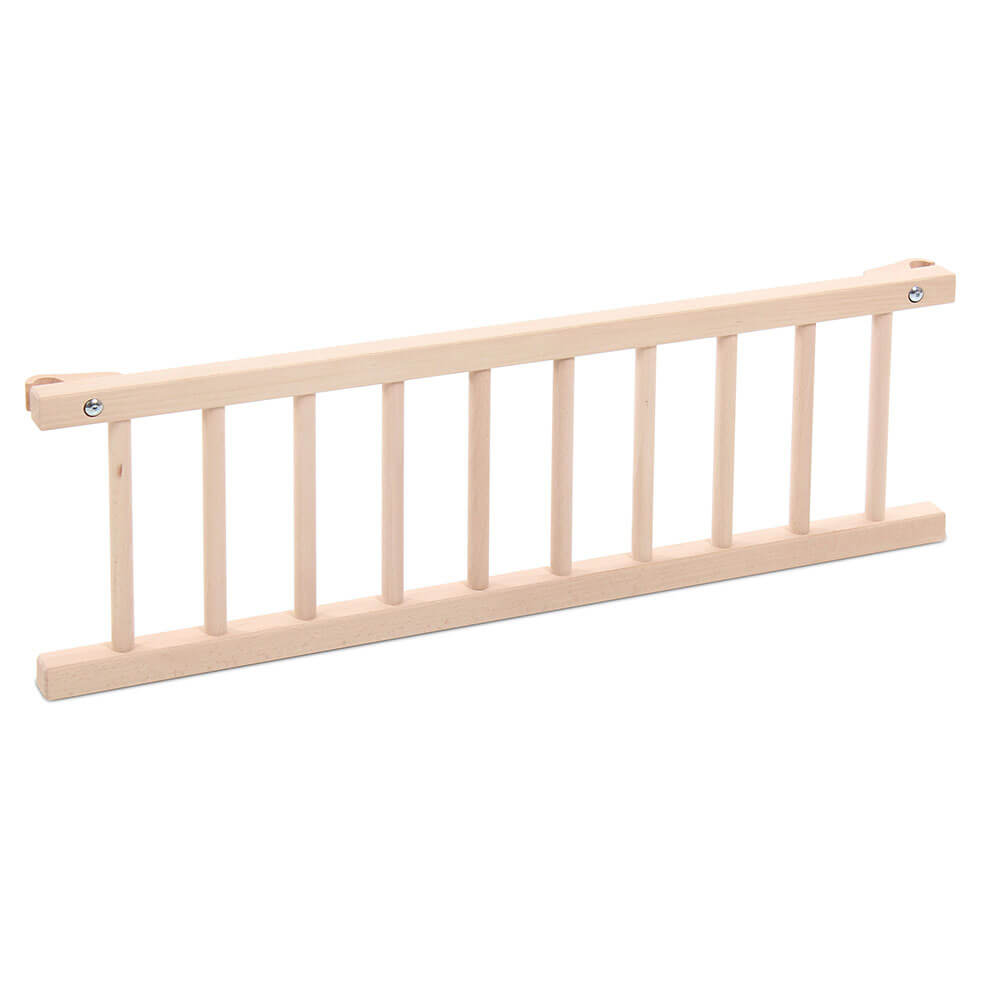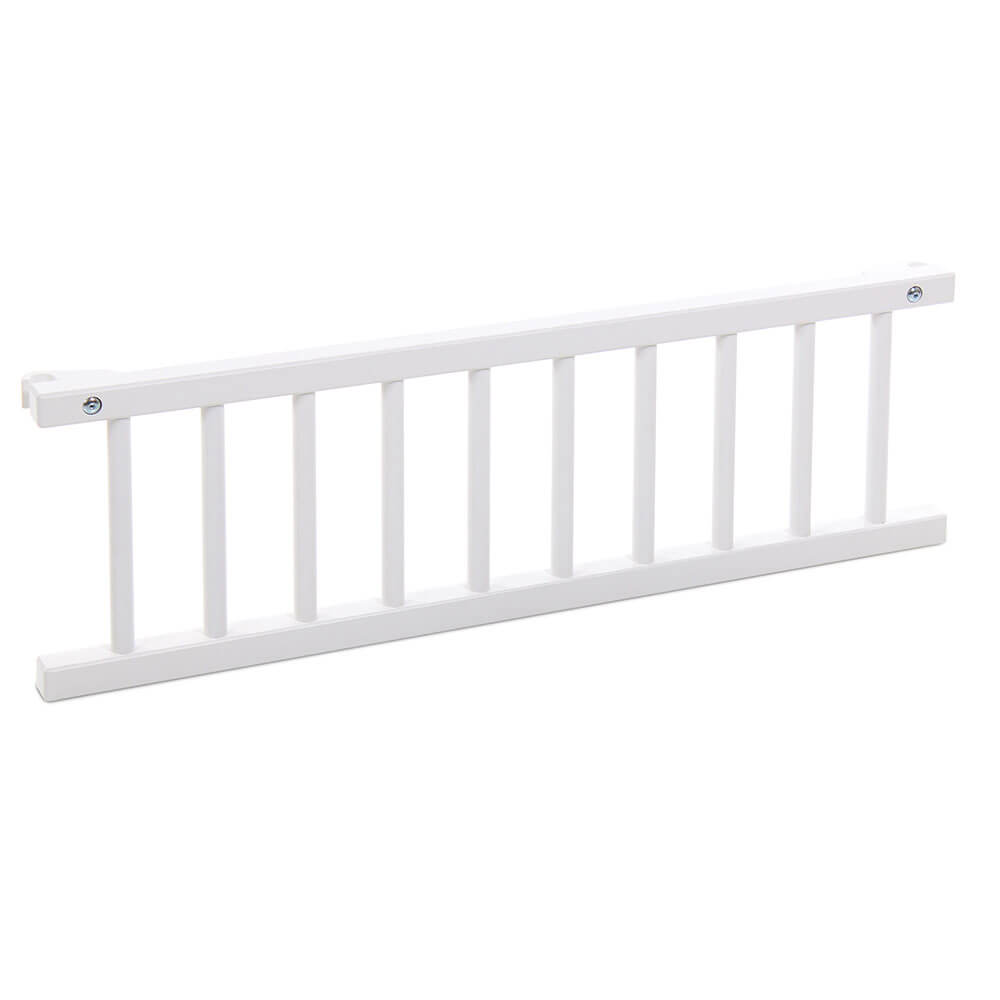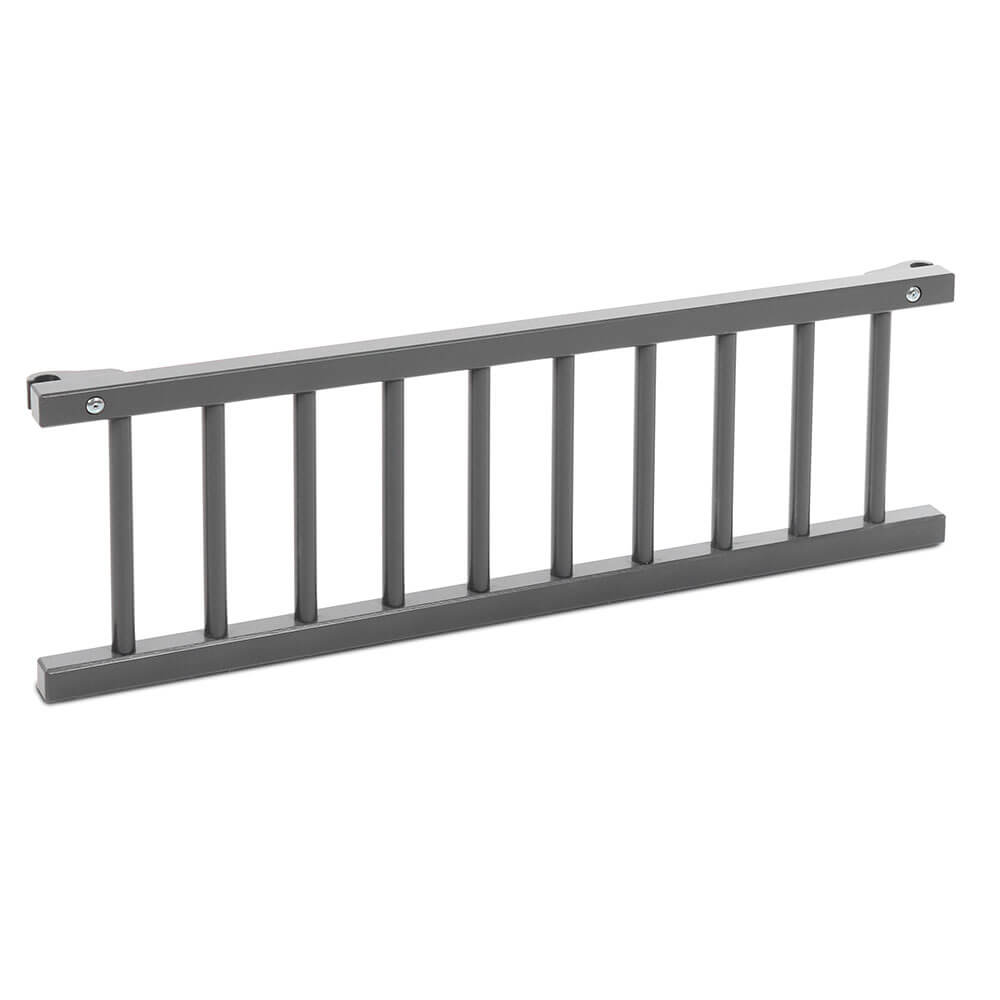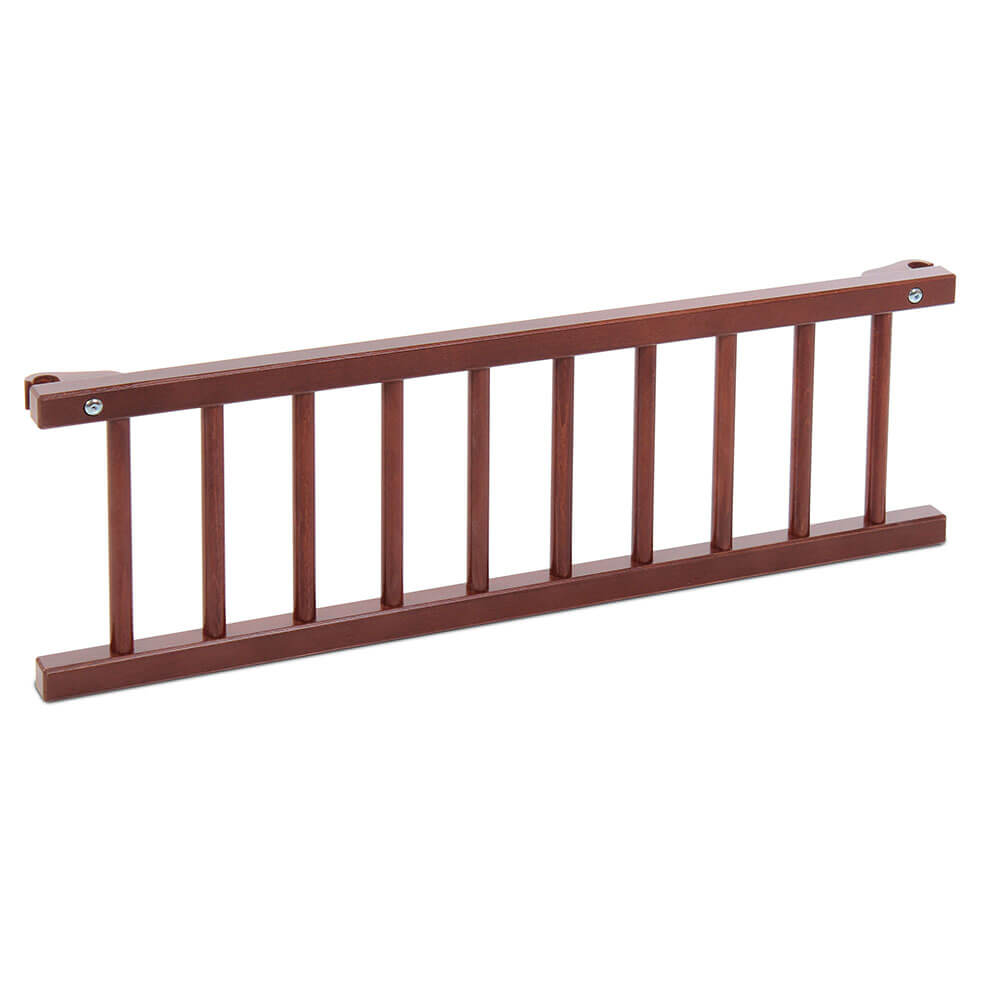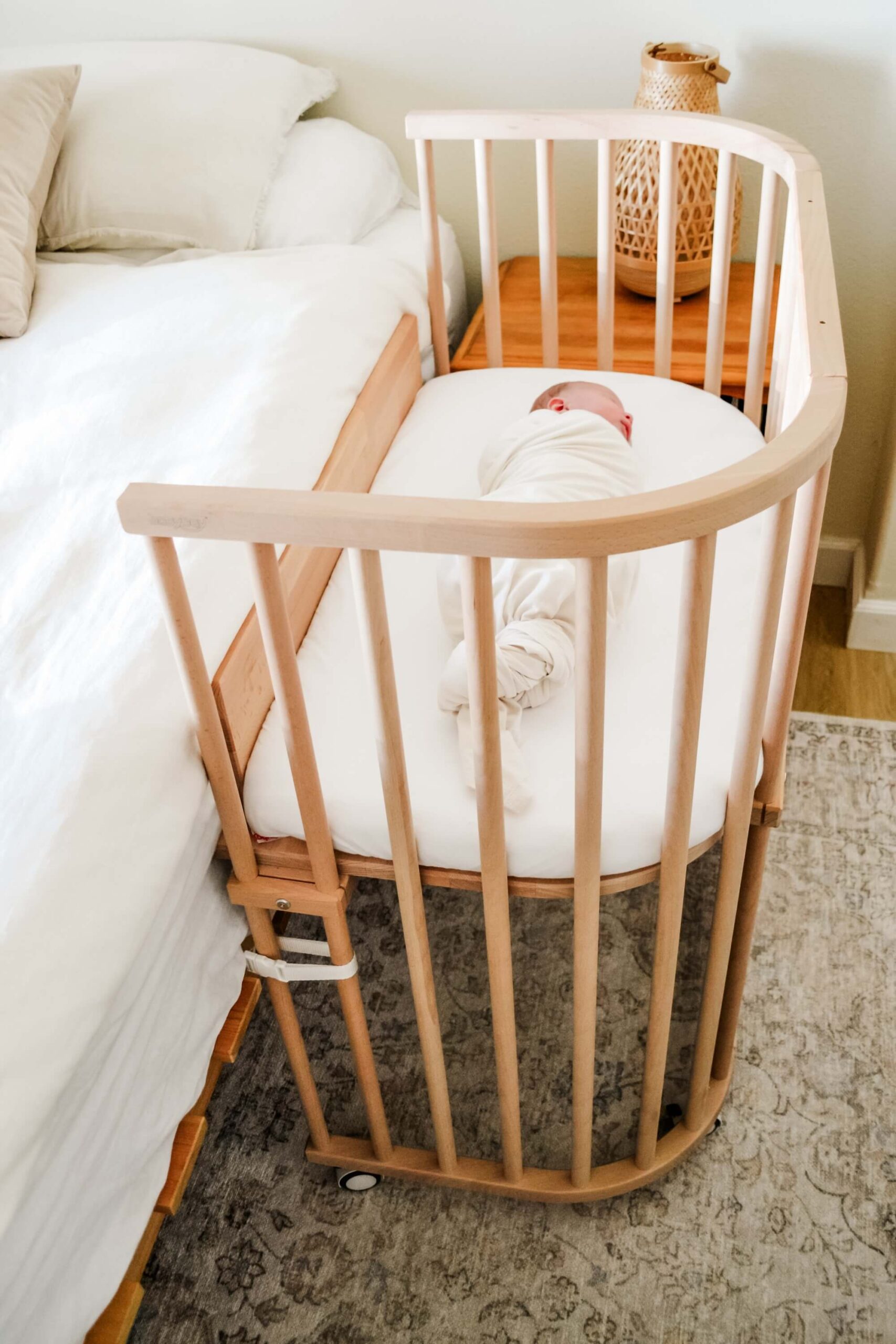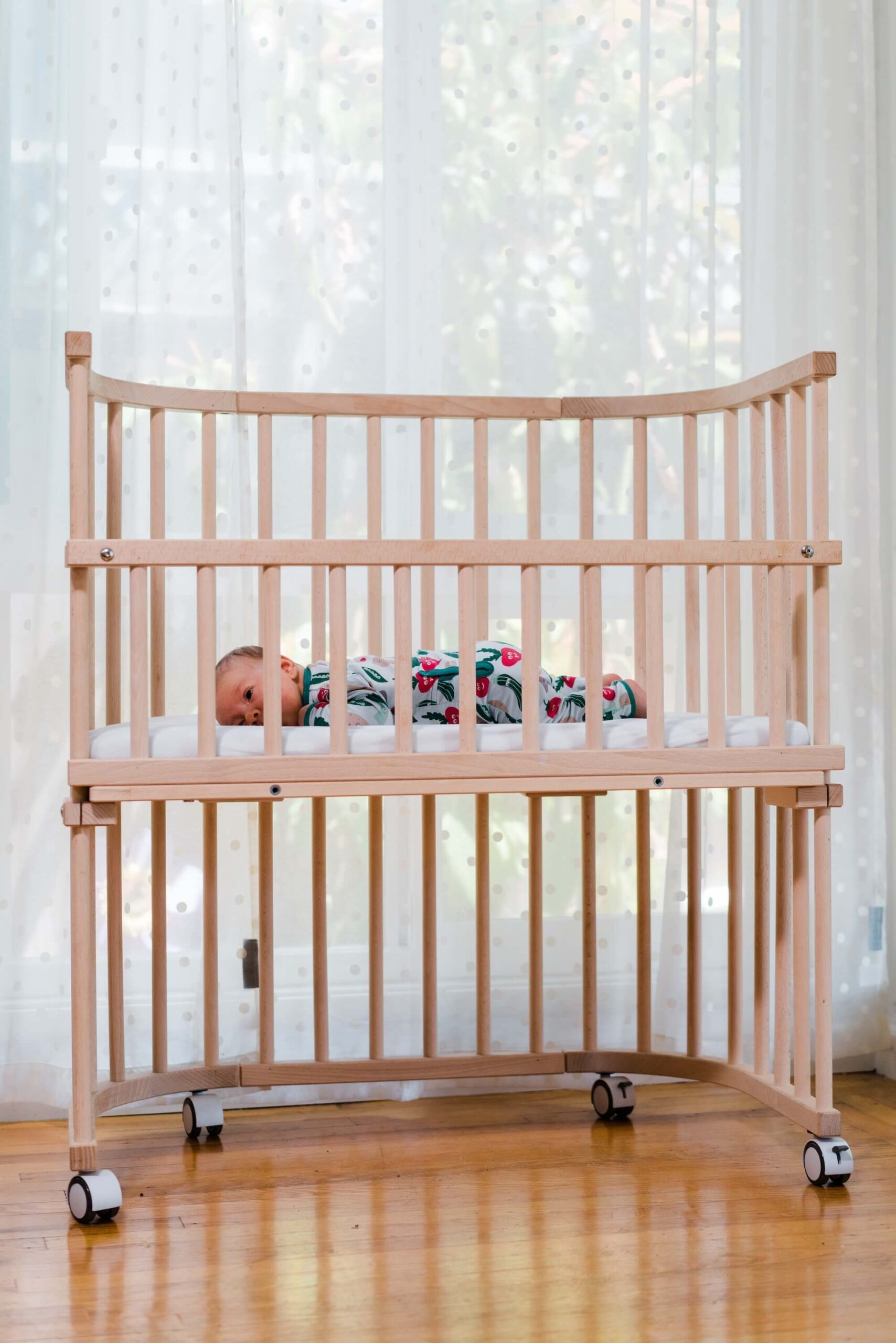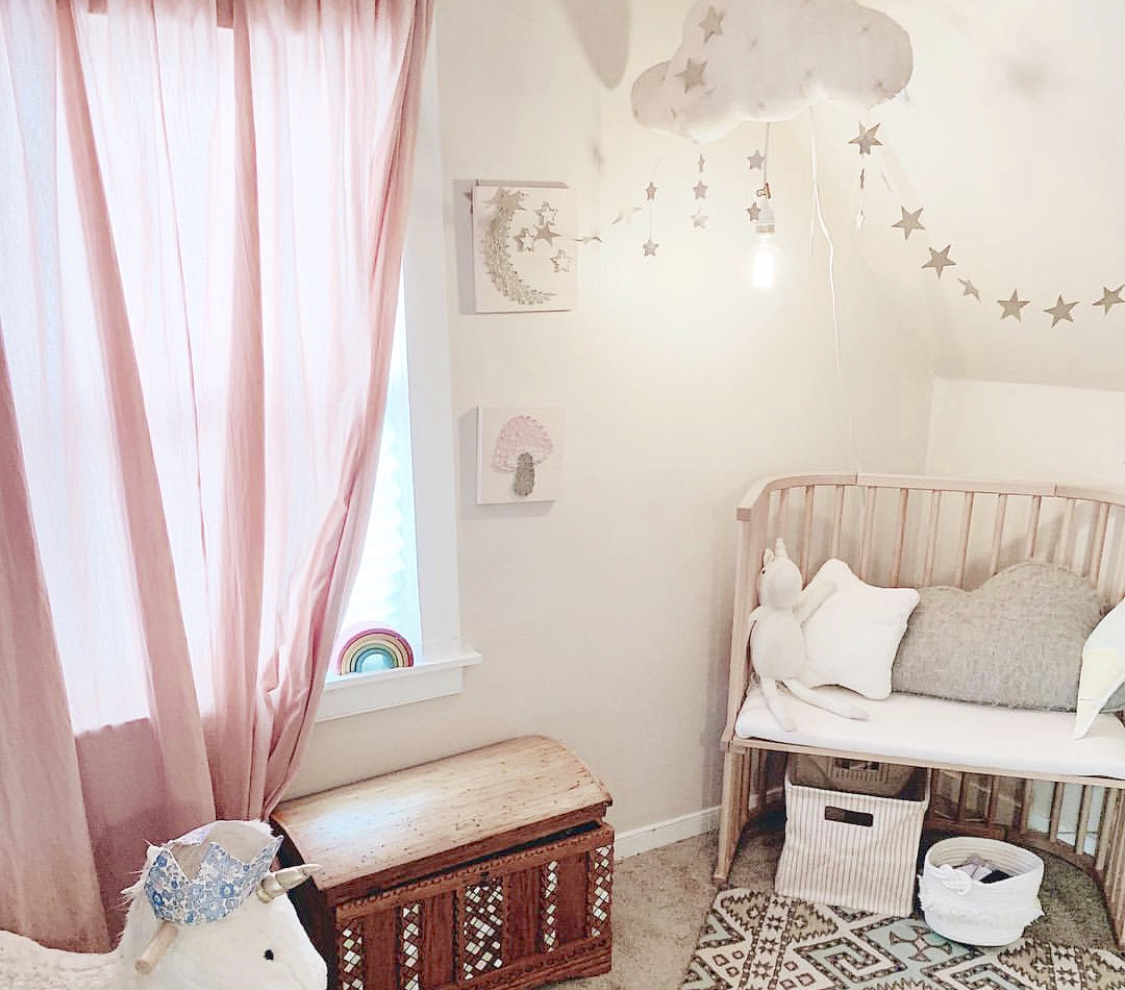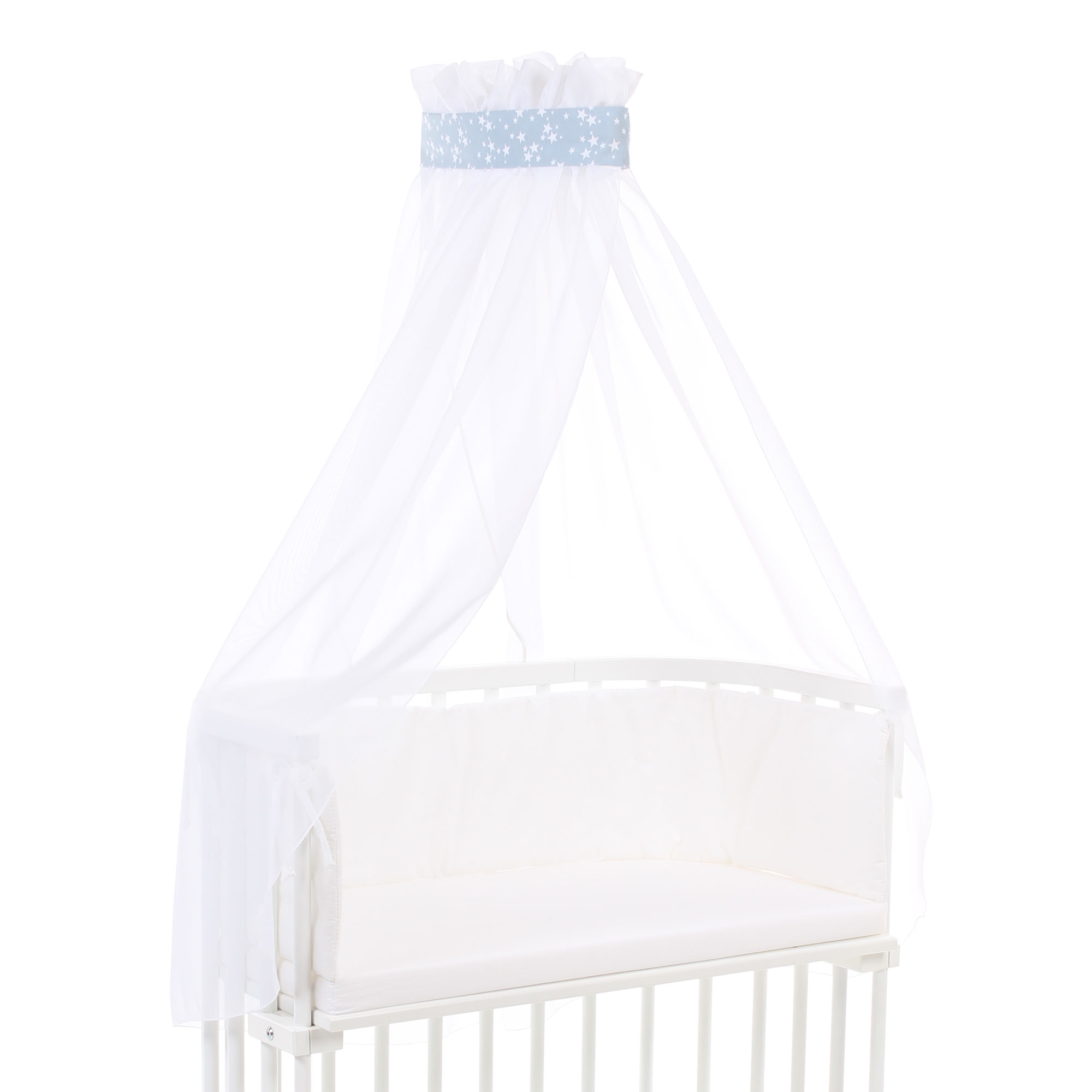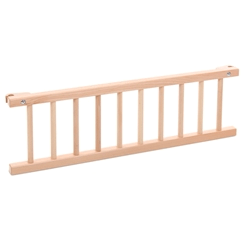The all-natural bedside bassinet that lets you sleep within reach
Free shipping
on every order that includes a co-sleeper bedside bassinet
Loved by parents
4.9 star reviews on Google
Certified for safety
By 3 organizations that uphold strict sustainability and performance standards
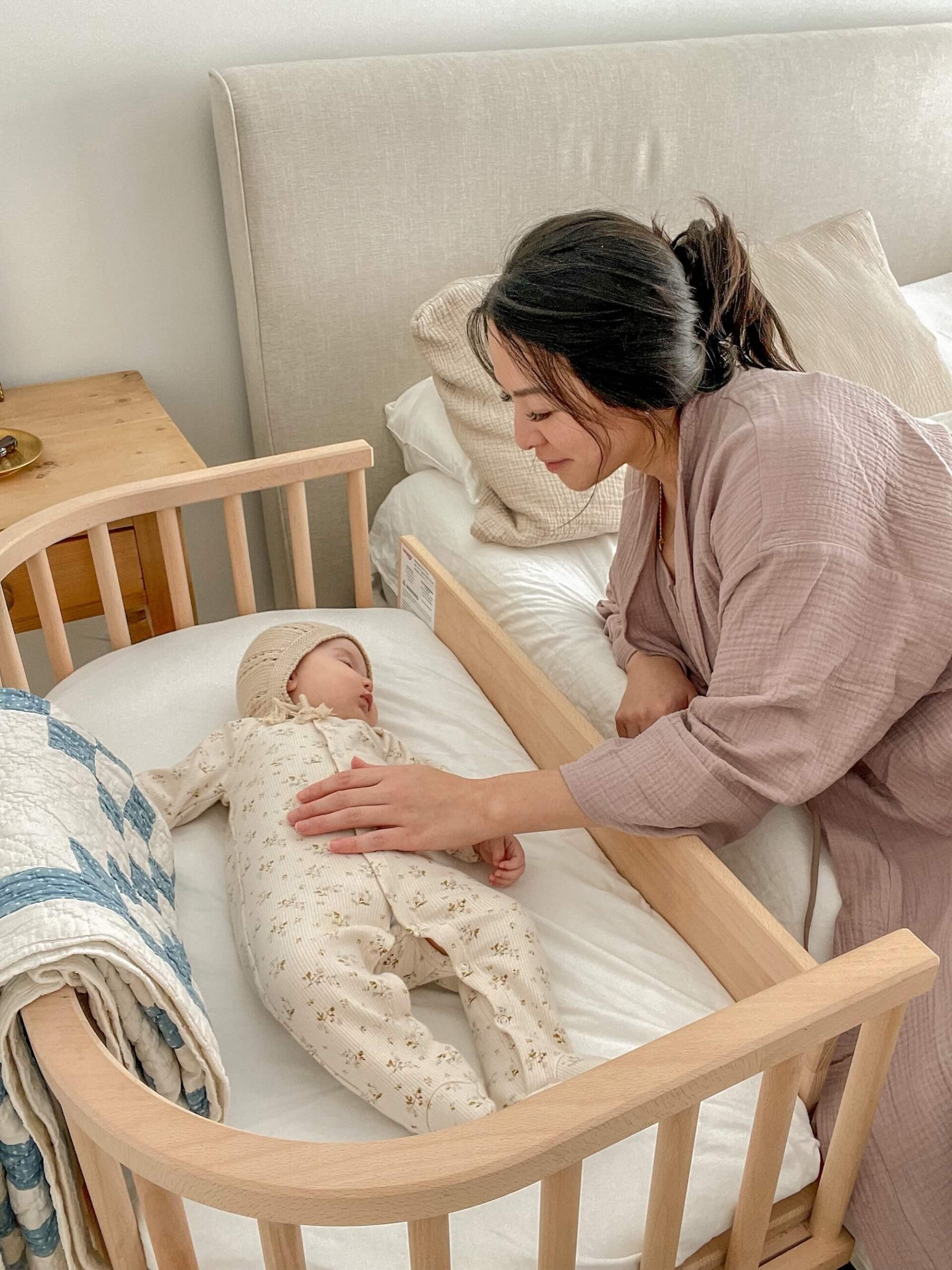
Bedside bassinets
Safe and peaceful sleep. With no mesh or plastic "walls" between you and your little one.
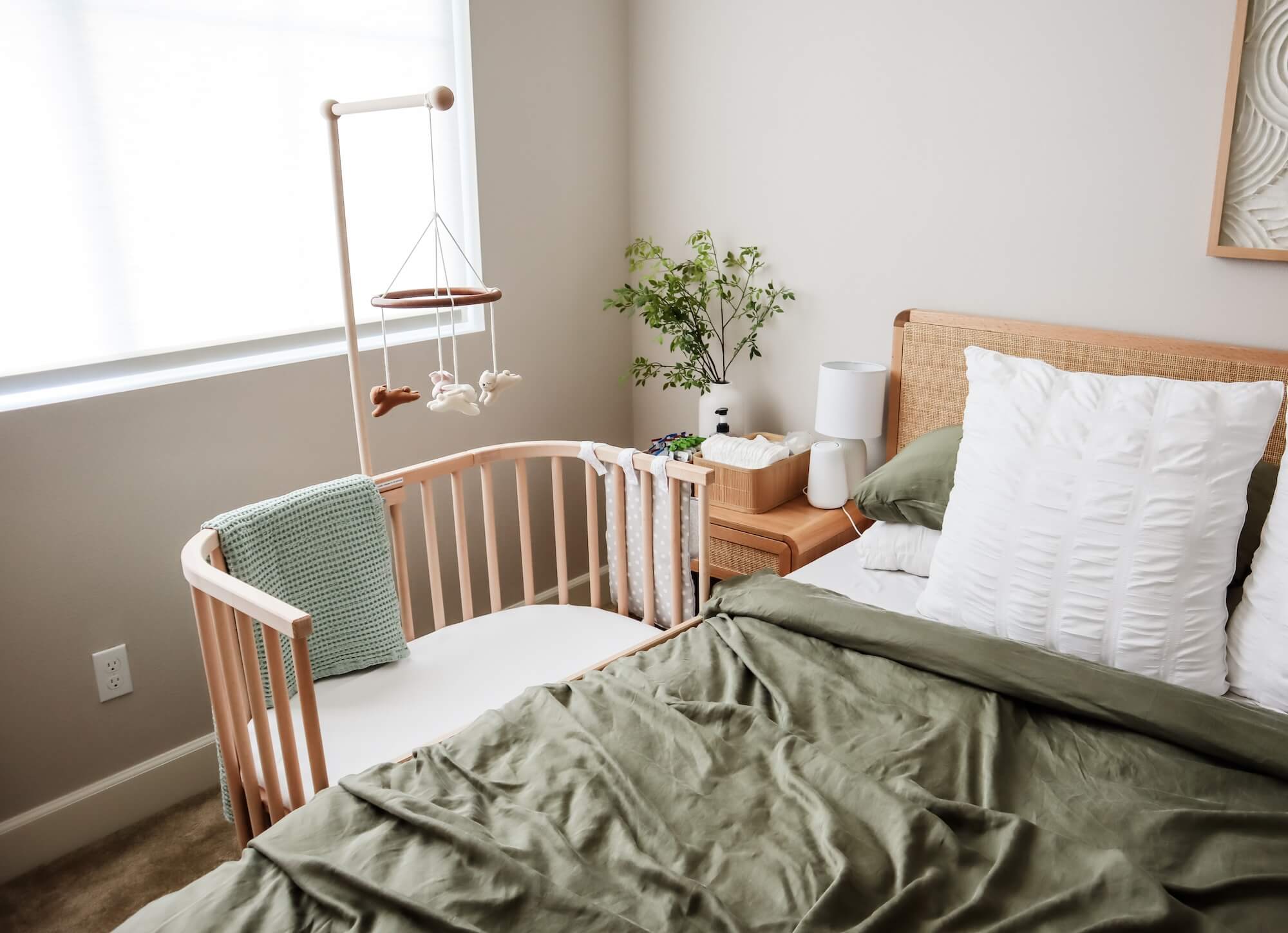
Accessories
Where functionality meets style. Mattresses, sheets, hanging organizers, and more. Made with love using natural, hypo-allergenic materials.
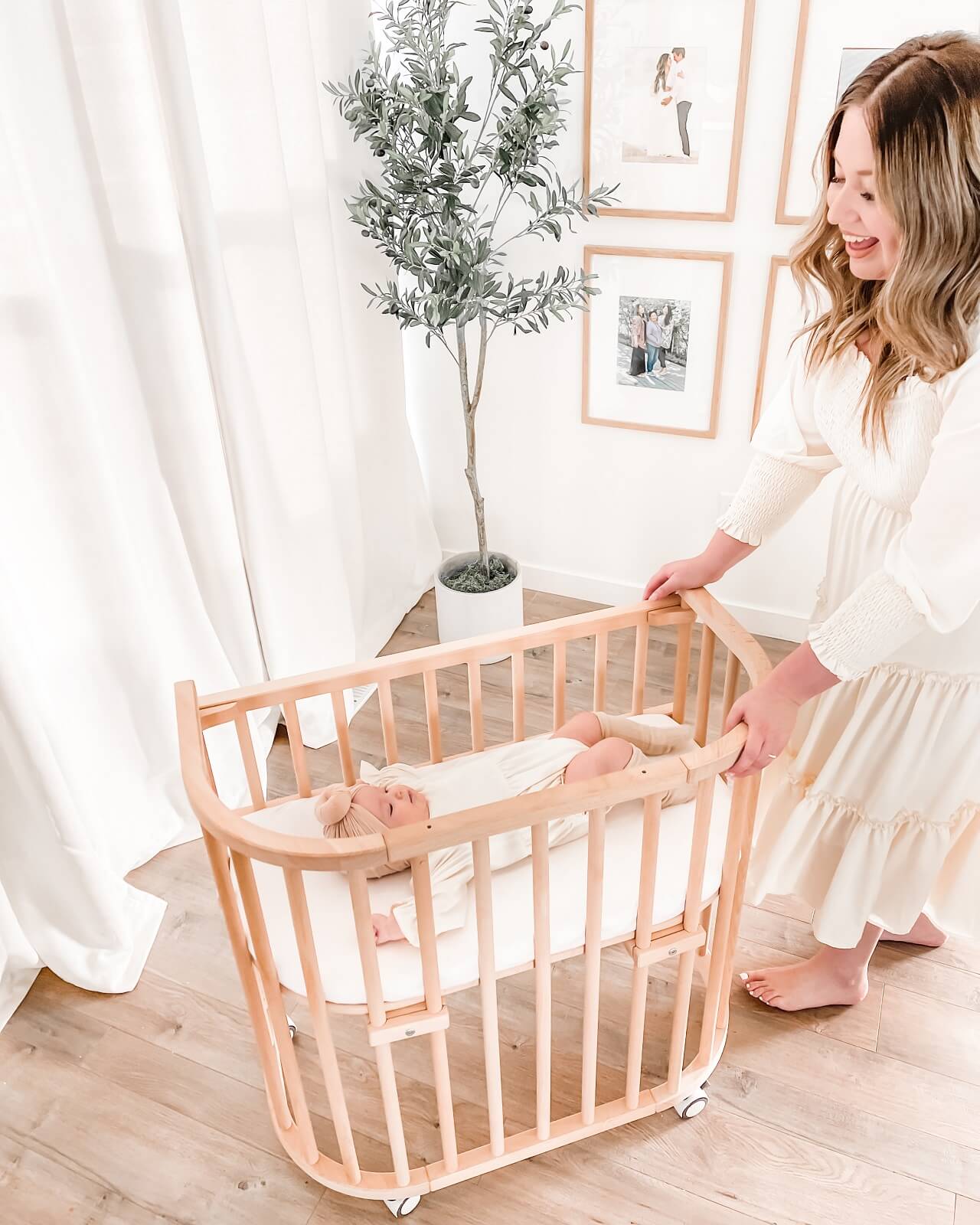
Conversion kits
Transform your bedside sleeper into a standalone baby bassinet. Then add wheels to easily roll from room to room.
Bedside sleepers and standalone baby bassinets that deliver
Close. Natural. Sleep.
Safer, better sleep shouldn't feel out of reach. Over 20+ years, babybay has helped more than 1,000,000 families worldwide sleep beside their little ones. With the peace of mind that comes from our safety-certified design.
Inspired by nature, babybay's bedside bassinets are made from ethically sourced beechwood and water-based finishes. For non-toxic nights of rest that are fully baby and parent approved.
Customize to fit your family
From style to size, our innovative "Create my babybay" tool lets you complete your bedside sleeper set with just a few questions. (Want to turn your sleeper into a mobile standalone baby bassinet? This tool can help with that too.)
Stay close to those you love the most
Feed your baby. Snuggle your baby. Put your baby back to sleep. Comfort them all night long, while they stay within easy reach.
Attaches to your bed
to let you nighttime nurse without reaching over bars
Keeps your baby only an arm's reach away
while still giving them a sleep space all their own
Makes it easy to comfort and calm
while still staying comfy in bed postpartum
Turns every moment into a bonding moment
by putting you close enough to see every smile
Natural by design for peace of mind all the time
babybay's bedside sleepers and standalone baby bassinets are made of all-natural, non-toxic materials that show care to your baby's sensitive body. Tested and certified by some of the biggest names in textile and product safety.
Bedside sleepers made of 100% ethically-sourced European beechwood
Naturally antibacterial and durable. No upkeep needed.
All water-based finishes
For style that doesn't come from chemicals.
One tree planted for every tree harvested
With over 24,000 planted over the last 20 years.
Certified for safety and sustainability by:




Designed to grow with your baby
Use your bedside bassinet with one little one, or keep it for generations. During this special time in your little one's life, you deserve quality and comfort you can trust.
Better sleep without having to count sheep
Stay in bed as you soothe
Make nighttime feedings easier
Get back to sleep faster - to sleep longer
Turn moments into magic

Bedside bassinets
Safe and peaceful sleep. With no mesh or plastic "walls" between you and your little one.

Accessories
Where functionality meets style. Mattresses, sheets, hanging organizers, and more. Made with love using natural, hypo-allergenic materials.

Conversion kits
Transform your bedside sleeper into a standalone baby bassinet. Then add wheels to easily roll from room to room.
